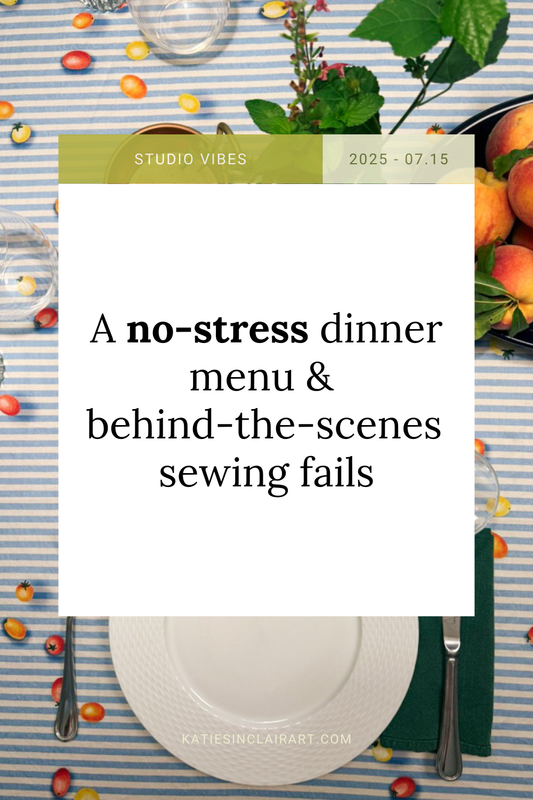Recipe Illustration 06 | Watercoloring Your Tomato Basil Pasta Recipe
Welcome back to the Culinary Canvas! Today, we're diving into the most exciting part of your recipe illustration—adding watercolor.
This step-by-step tutorial will walk you through how to paint your tomato basil pasta recipe, from mixing colors to layering shadows and highlights for that cozy, dimensional look.
🌿 Supplies You Need:
- Watercolors
- Clean cup of water
- Round watercolor brush
- Paper towel
- Your finished pen drawing
Step 1: Painting the Tomatoes
We’ll start with the tomatoes by mixing two reds—an orangey red and a purplish red. Begin by blending both on your palette until you reach your ideal tomato hue.
Outline your front tomato with this color, then clean your brush, dip it in water, and blend the color towards the center to create a soft gradient, leaving some white for highlights.
Repeat this process for the back tomato. If your paper gets too wet, blot with a paper towel or pause to dry it before continuing.
Step 2: Painting the Basil and Olive Oil
Basil: Mix the top green (bluish-green) with a touch of orangey red to tone it down. Outline the basil leaves and fill them in, adding subtle layers for depth.
Olive Oil: Mix a yellow-green with a touch of yellow. Leave a little white space in the olive oil blob to mimic shine.
Step 3: Painting the Penne Pasta
The penne pasta uses a tan color right from the palette. You can dilute it with water or a bit of white watercolor to soften it.
Add a base layer and let it dry.
Step 4: Painting the Garlic and Shadows
Mix the same gray you created earlier by combining orangey red and blue. Paint gentle stripes on the garlic cloves to add dimension.
Next, layer your reds and greens for deeper tones:
- Tomatoes: Add darker red tones to the sides and bottom.
- Basil: Mix a slightly muddier green by adding extra red tones to deepen the shadows.
Step 5: Finishing Touches
Add subtle brown stripes on the penne for texture, then deepen the garlic details with another layer of gray.
Shadows: Use a light gray to add shadows under each ingredient. Make sure your painting is fully dry before adding shadows to avoid color bleeding.
Final Details:
- Add the tomato green tops last.
- Optional: Add another layer of watercolor (called glazing) for richer color depth.
That’s a Wrap!
Congratulations! You’ve completed your cozy, hand-painted tomato basil pasta recipe.
If you have questions about techniques, supplies, or color mixing, feel free to reach out. I’m always happy to help!



